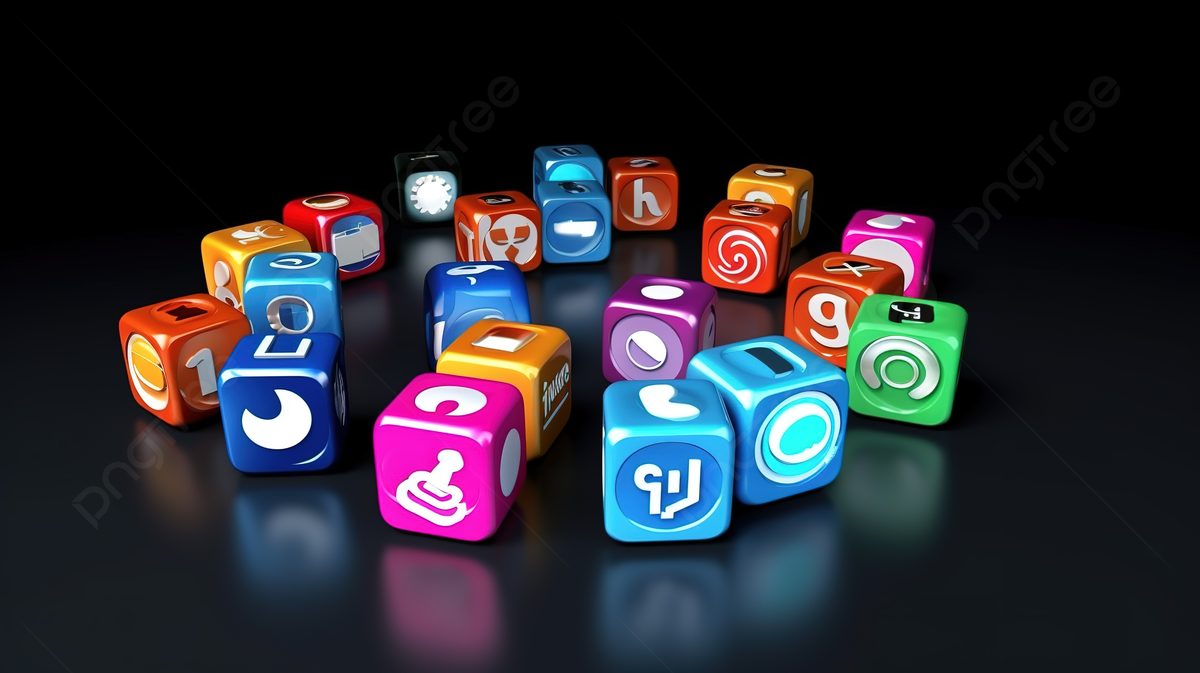
Artificial intelligence (AI) is transforming the graphic design industry in many ways.
The combination of human creativity and AI efficiency can produce astonishing and appealing results. In this article, we’ll delve into the relationship between AI and graphic design, exploring its benefits and challenges.
AI is employed in graphic design in various ways. One of the most common methods is the use of AI-based text generation tools, which can aid designers in creating more effective titles and descriptions for their designs. Moreover, AI can assist in selecting fonts, colors, and designs that are more appealing to the target audience.


The AI was born in the 1950s.
Artificial Intelligence (AI) has its roots in computer theory and cybernetics. The early work in the field focused on problem-solving and simulating human cognition. Over time, AI has evolved and expanded into multiple areas, including machine learning, natural language processing, and computer vision.


AI can assist in creating designs for social media, advertising banners, posters, and other graphic pieces more quickly and efficiently.
Another way AI is transforming graphic design is through automation. This can reduce production time and increase a designer’s productivity. Additionally, AI can assist in design personalization. With AI’s help, designers can create customized designs for each client, enhancing the relevance and effectiveness of the piece. This enables more precise segmentation and can lead to improved sales conversion.

Although AI can be a powerful tool for graphic design, there are also challenges and concerns associated with its use. One of the main challenges is that AI still cannot completely replace human creativity and vision. Designers must continue to be the key element in creating unique and innovative designs.
There are also ethical concerns associated with the use of AI in graphic design. For example, how to ensure that AI does not infringe on copyright when generating designs similar to existing ones. Additionally, there are concerns about how AI might affect users’ privacy and their ability to make informed decisions.
FINAL CONCLUSIONS
In summary, AI is transforming graphic design in many ways. It can assist in automating repetitive tasks, personalizing and optimizing designs for specific audiences. However, designers must remain the key element in creating unique and innovative designs, and ethical concerns associated with the use of AI in graphic design need addressing. Moreover, the cost of AI technology can be a barrier for some designers and businesses. Ultimately, the combination of human creativity and AI efficiency could lead to an even more exciting and successful graphic design industry in the future.
Additionally, there are other significant conclusions to draw from the relationship between AI and graphic design:
AI is improving accessibility. It can aid in creating designs that are accessible to people with visual, auditory, and motor disabilities, leading to greater inclusivity and equity in graphic design.
AI is changing how designers work. AI helps automate repetitive tasks, enabling designers to focus on more creative and strategic aspects of their work.
AI can aid in fraud detection. It can analyze and compare existing designs to detect potential plagiarism and fraud, safeguarding copyrights and fostering integrity in the graphic design industry.
In conclusion, AI and graphic design are transforming the way designers work and how designs are created. While challenges and concerns exist, the fusion of human creativity and AI efficiency could lead to an even more exciting and successful graphic design industry in the future. AI is democratizing graphic design, enhancing accessibility, changing how designers work, and aiding in fraud detection.



